Great Escape hero's journal of getaway plot uncovered
- Published
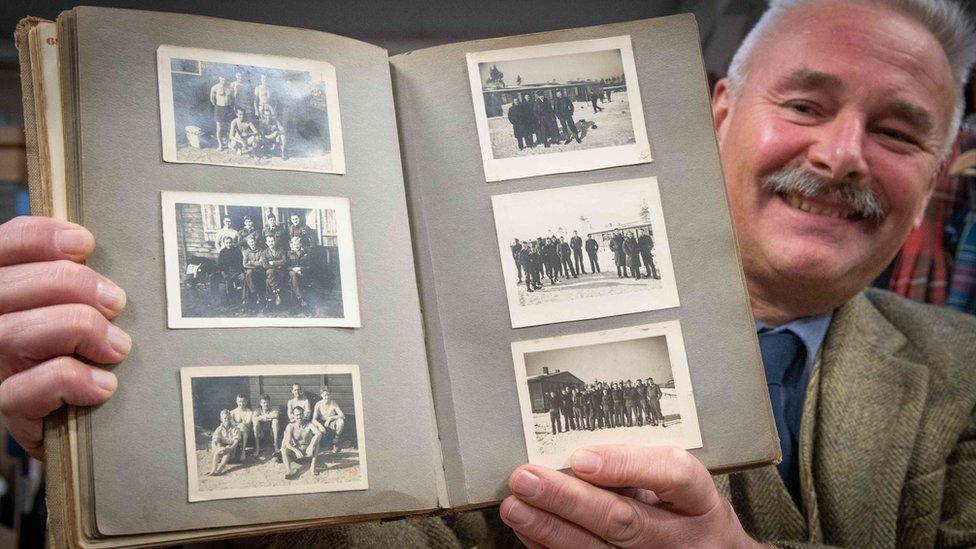
Adrian Stevenson, a militaria expert, said the journal was "absolute gold dust" for collectors
A journal written by a prisoner of war who played a part in the true story that inspired the film The Great Escape has been put up for auction.
RAF Flt Lt Vivian Phillips, from Hook, Pembrokeshire, was captured by the Germans after his plane was shot down during World War Two in 1943.
His journal includes black and white photos of men held in the Stalag Luft III prisoner of war camp.
During World War Two the camp was in Germany but the site is now in Poland.
Mr Phillips helped inmates escape in tunnels dug in secret.
Such was the impact of the dramatic escape from a site selected because its sandy soil made it difficult for POWs to tunnel out, the story was immortalised in 1963 Hollywood film The Great Escape starring Steve McQueen, James Garner and Richard Attenborough.
In the journal, Mr Phillips described how prisoners smuggled sand from the tunnel in their trousers and how he was in charge of men discreetly dispersing it. He later became a tunnel carpenter.
"My role in the tunnel was varied. I began as a member of a group of fellows who played for hours and hours with a medicine ball. We formed a circle and threw the darned thing around until I hated the sight of it," he wrote.
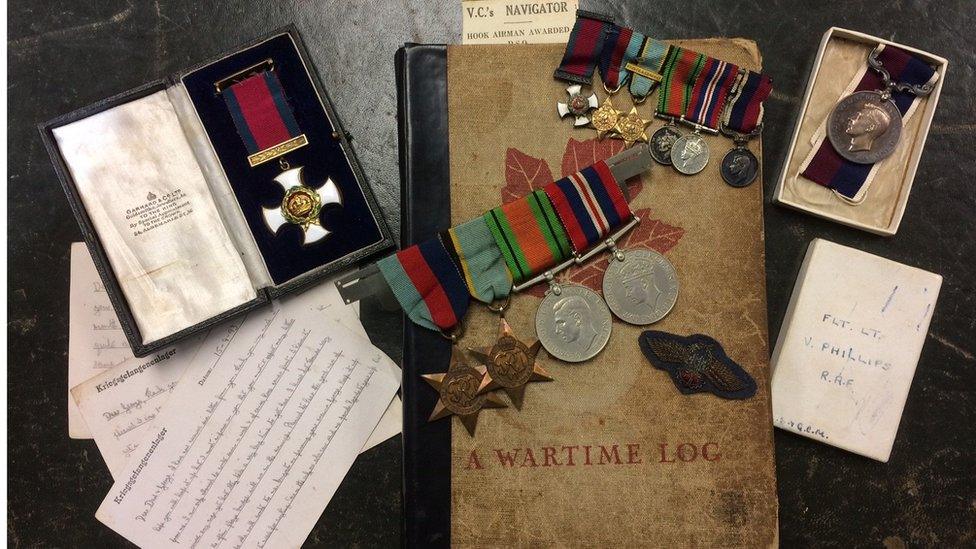
Vivian Phillips' journal, alongside his war medals, are being auctioned
"At odd times we were joined by fellows who played for a little while and then departed. These fellows were dispersers and in place of pockets they carried two small bags - one either side inside their trousers - supported by a string around their necks.
"By putting their hands in their support pockets they were able to pull a string which acted as a quick release… It was our job to 'work in' the light-coloured sand from underground to the drab coloured sand of the surface.
"All this was done under the very noses of the guards.
"From this I graduated to a kind of foreman. I had charge of a gang of eight fellows whose job it was to pretend to be lolling about lying on great coats. In reality they were digging holes in preparation for their disperser.
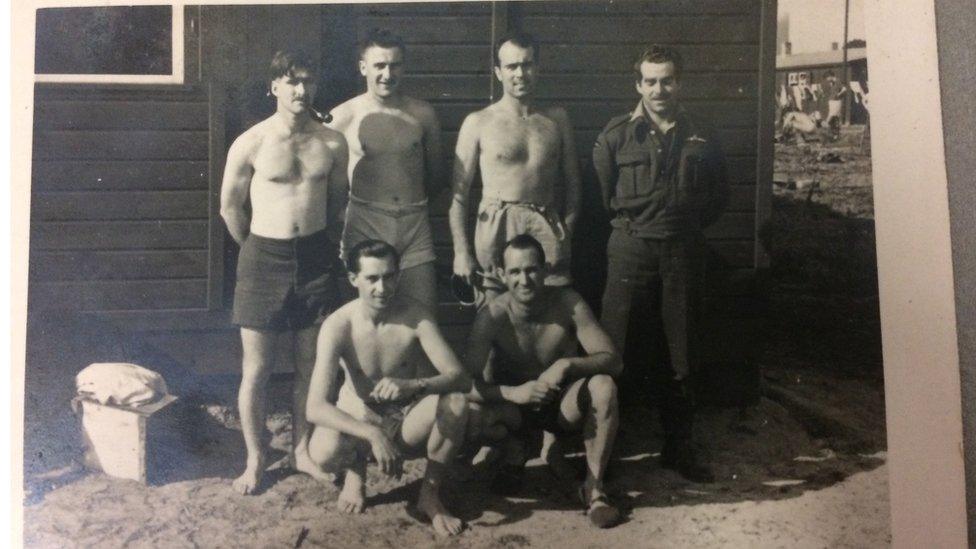
Prisoners of War at the Stalag Luft III camp
The Welshman went on to explain that he was never selected to escape the camp: "The method of selection for escape was to put all the names of the workers in a hat and draw out the winning names. Unfortunately, yours truly had no luck."
Mr Phillips, who was imprisoned from 1943 to 1945 and died in 1997, also told of how their plot was foiled by German officers.
"During the summer we were working on a tunnel… but unfortunately it was discovered… Anyway, it provided one laugh… When the German engineers laid an explosive charge in the tunnel to blow it up there was a bit of a backfire … How we cheered," he wrote.
"Unfortunately for the Germans, we had two more tunnels going at the same time.
"The code for the tunnels was Tom, Dick and Harry and the whole thing was most efficiently run."
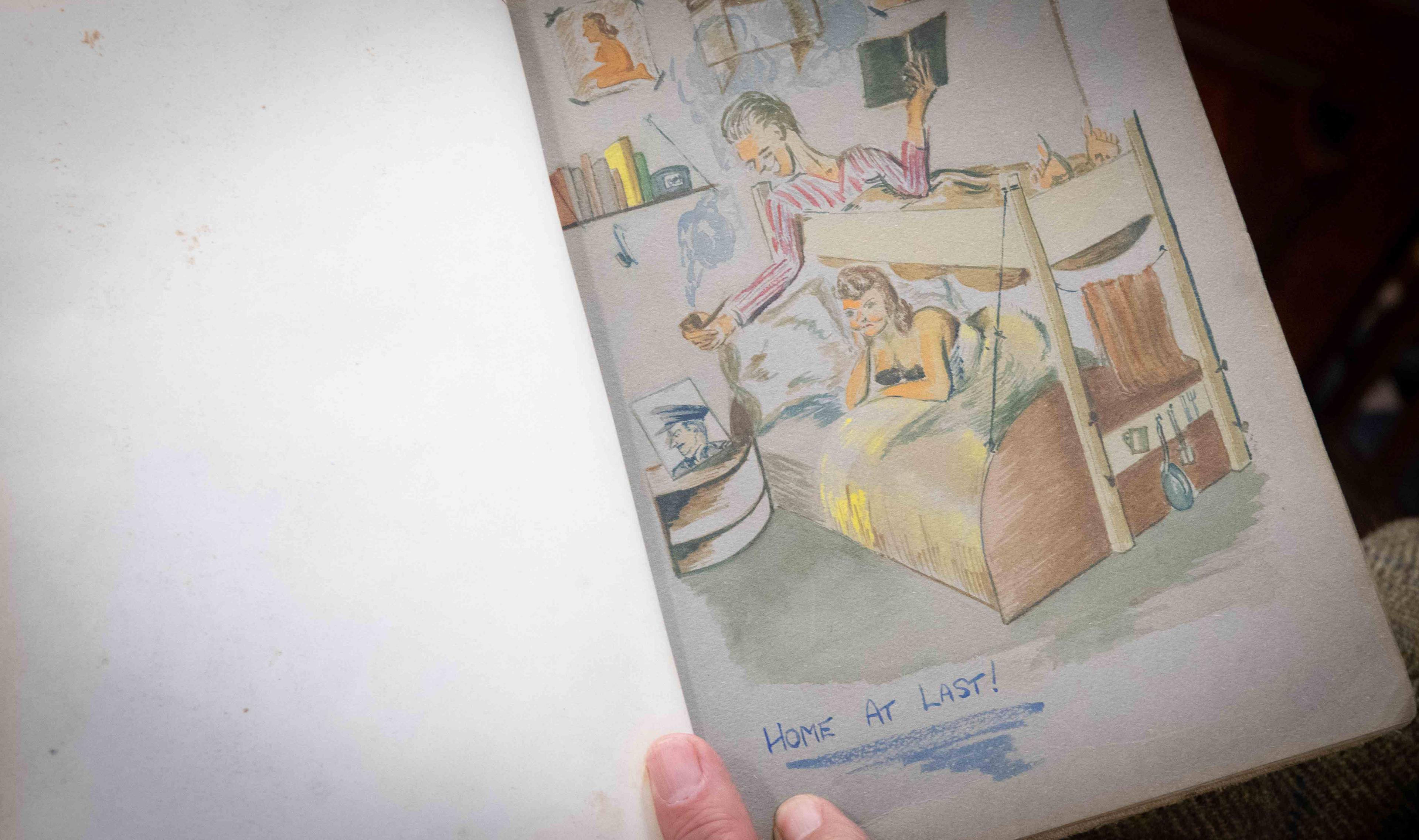
The journal includes details, illustrations and poems
Mr Phillips also shared details of their lives, such how the prisoners saved the Red Cross sugar, raisin and prune rations for the occasional "hooch night", and how he became "obsessed" with escape.
He wrote: "It is funny how at first one is obsessed by thoughts of escape… later, when one is more settled and able to reflect in a clearer manner, it became obvious how utterly futile these plans would have been.
"Also, one developed a mania of saving and hiding bits and pieces. A piece of string, a rusty bit of wire, a bent nail - anything that one thinks might come in handy for that great event - escape. Everyone had their one secret little hiding place - and not all of them were found by the Germans on their frequent searches either."
The journal will be listed at Derbyshire's Hansons Auctioneers on 22 March - just prior to the 75th anniversary of the mass escape, which took place on 24 March 1944.
It will be sold together with the late Mr Phillips' war medals, including a Distinguished Service Order, with the entire collection having an estimate of £15,000-£18,000.
Adrian Stevenson, militaria expert at Hansons, said: "It's an incredible find and absolute gold dust for any militaria collector. This journal, which is being sold by the family to honour Mr Phillips' memory and 'do him proud', beautifully captures camp life and the gritty resilience of the prisoners.
"It's so compelling, I read the journal cover to cover in one night. Everything in it reminds me of the film - the sketches of the camp, the humour and the stories of how the inmates joined forces to build a tunnel to escape Stalag Luft III."
- Published14 February 2019
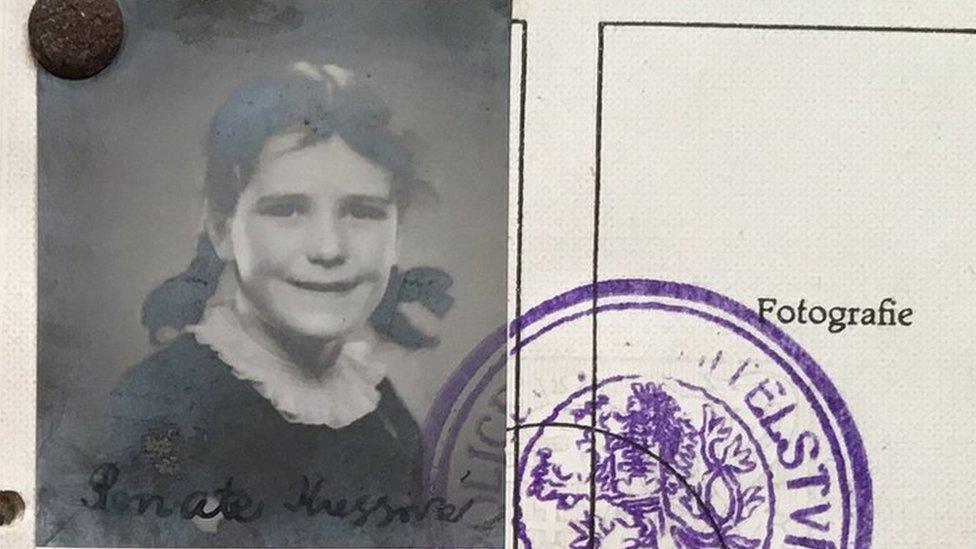
- Published28 September 2018

- Published28 July 2018
